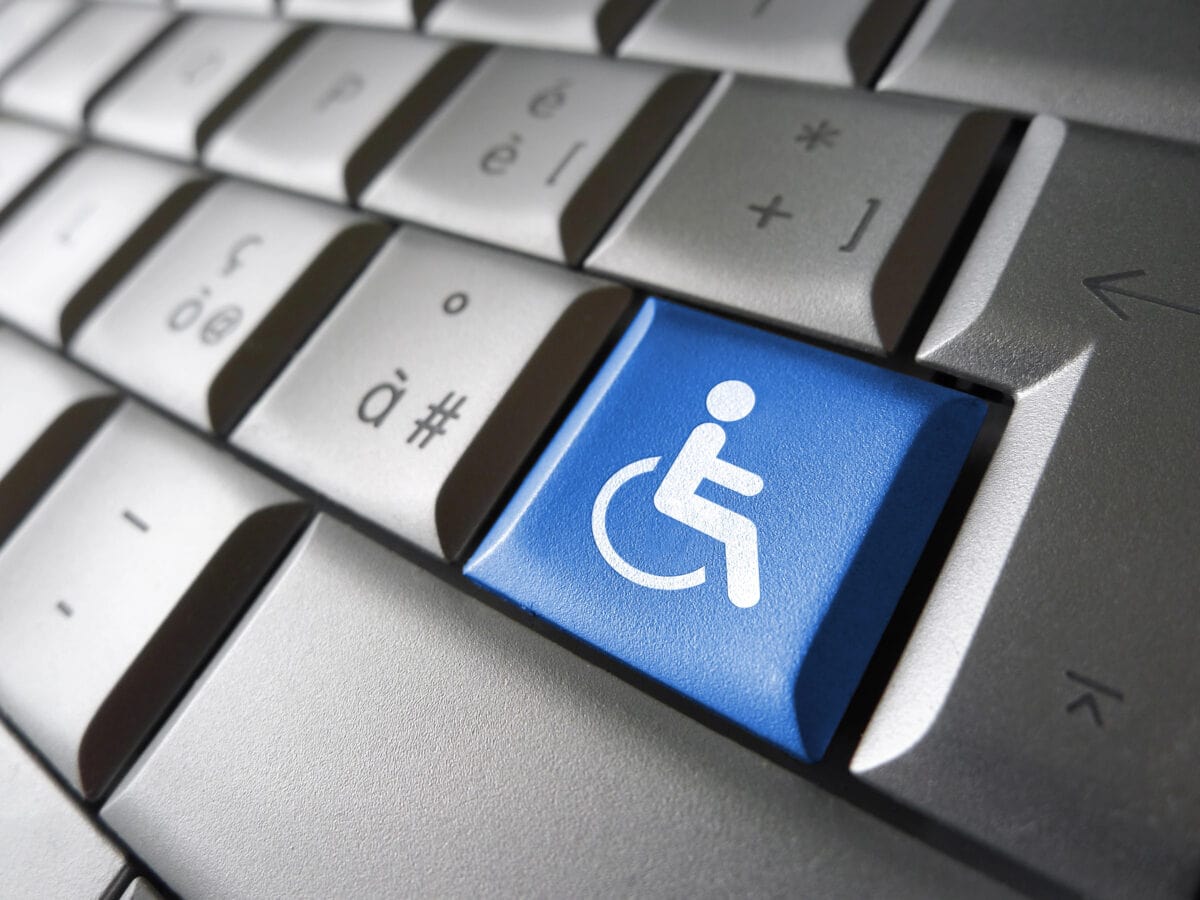Transforming Challenges Into Opportunities
Our company makes accessibility compliance more than a legal checkbox—it’s a chance to stand out. Making your digital content accessible not only protects your business but also opens doors to a wider audience.
Compliance avoids legal issues
Meeting standards such as WCAG, Section 508, and ADA keeps your business out of legal trouble, preventing expensive penalties.
Market reach expansion
Accessible digital products can reach a broader range of users, including millions with disabilities.
Reputation boost
Inclusive companies are often seen as more forward-thinking and compassionate, which attracts both customers and partners.
Improved user experience for everyone
Accessibility enhancements create a smoother, more enjoyable experience for all users, including those with disabilities.
Reduced maintenance costs
Early accessibility testing reduces the need for costly updates later on, keeping your digital assets efficient.
Your Accessibility Testing Solution
We provide comprehensive accessibility testing services tailored to help businesses achieve compliance with digital accessibility standards. Our expert QA engineers conduct both manual and automated testing, using tools like screen readers and other assistive technologies. By identifying accessibility issues, we ensure your website or application remains compliant and user-friendly.
We offer a customized, step-by-step process to pinpoint violations and recommend actionable solutions, enhancing the usability and reach of your digital content. Beta Breakers goes beyond basic testing to help you craft an inclusive, engaging digital presence. Contact us to discuss your accessibility testing solutions in more detail.

The Beta Breakers Approach to Accessibility Testing
Here’s how we guide you to complete digital accessibility:
Initial
consultation
We discuss your specific accessibility goals, target compliance standards, and user needs.
Custom testing
plan
Our team develops a tailored checklist to assess your digital assets.
Manual accessibility
testing
Our engineers perform hands-on tests using screen readers and other devices to simulate real-world user interactions.
Automated
testing
Using specialized testing tools, we validate compliance with relevant standards such as WCAG and Section 508.
Detailed
reporting
Receive actionable insights and recommendations for improving accessibility and compliance.
Ongoing
support
We’re here to help you implement changes, offering retests as needed to ensure compliance.
Frequently Asked Questions About Accessibility Services and Testing
Accessibility testing ensures that websites and digital products are usable for everyone, including those with disabilities. By following standards such as WCAG and ADA, businesses improve their reach, enhance the user experience, and stay legally compliant.
We help businesses meet major compliance standards, including WCAG 2.1, Section 508, and the Americans with Disabilities Act (ADA). We aim to provide comprehensive solutions that ensure your digital content remains compliant and inclusive.
Accessibility testing provides legal protection, improves user experience, and broadens your market reach. It positions your brand as inclusive, making it more appealing to customers and partners alike.
The timeline varies based on the complexity of your digital assets. However, most tests are completed within a few weeks, with detailed reports and recommended improvements delivered promptly.
More of Our Services
Functionality Testing
Our functionality testing identifies and resolves bugs, errors, and inconsistencies across platforms so your application works seamlessly under real-world conditions.
Learn More
Automated Testing
Boost efficiency with our automated testing solutions, which are ideal for repetitive tasks and regression testing in CI/CD workflows.
Learn More
Compatibility Testing
Ensure your product performs consistently across diverse devices, operating systems, browsers, and hardware configurations.
Learn More
